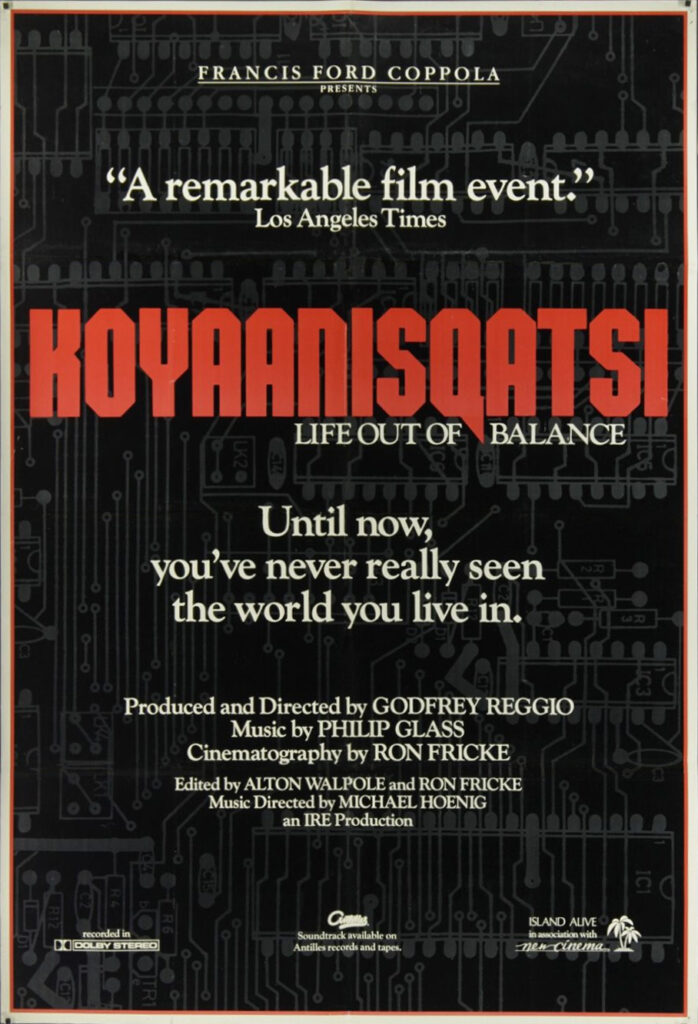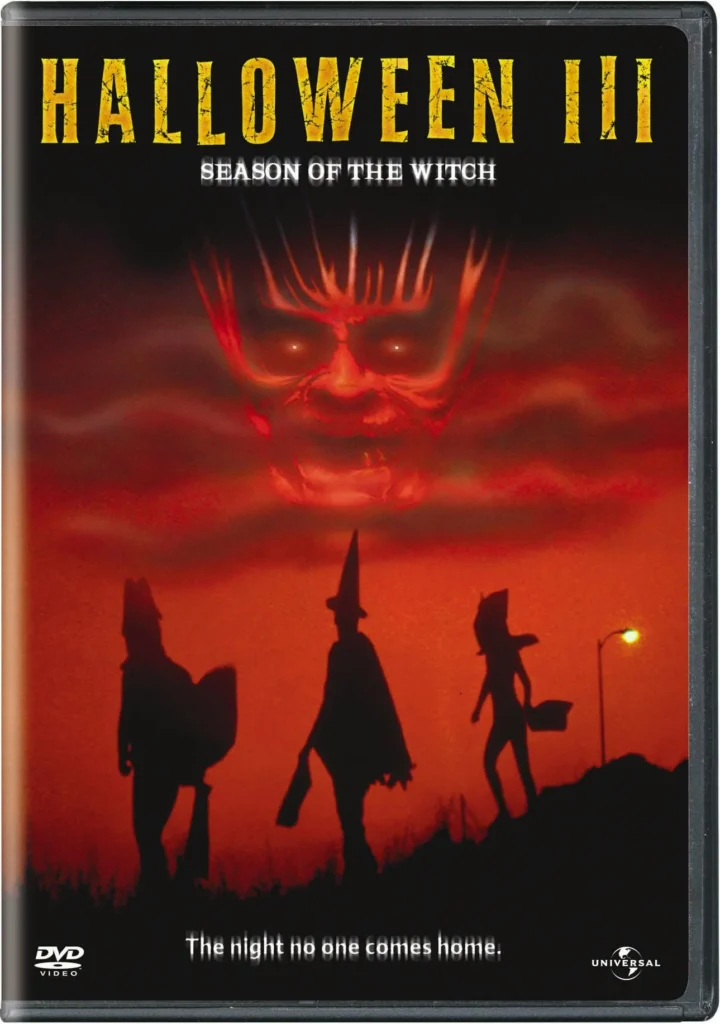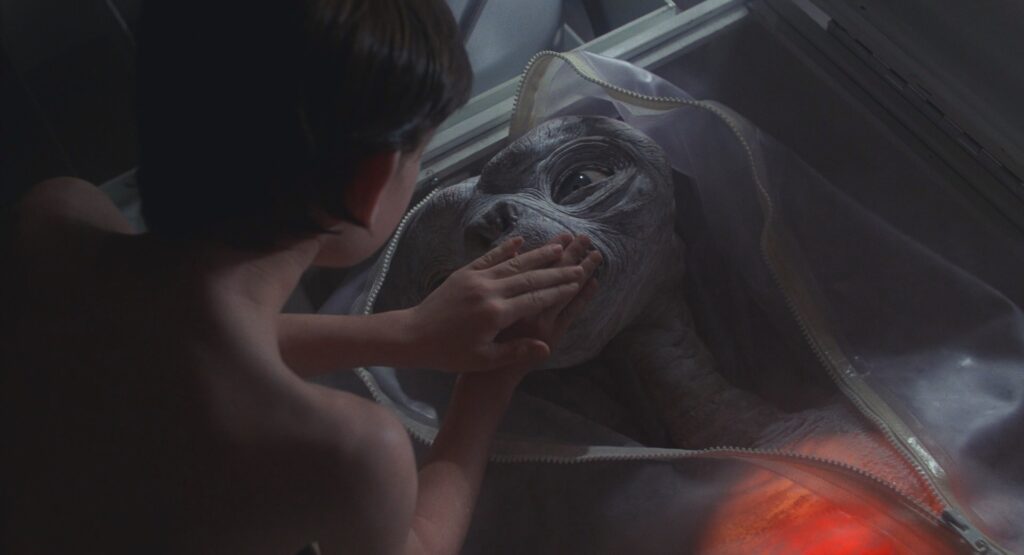“Koyaanisqatsi” (1982) – An Entrancing Visual Symphony of Life Out of Balance – Review

Introduction – A Cinematic Experience Unlike Any Other:
Daring, avant-garde, and immensely influential, Godfrey Reggio’s “Koyaanisqatsi” stands as a testament to the power of cinema to evoke profound emotions without conventional narrative. The title, derived from the Hopi word meaning “life out of balance,” provides a thematic compass to the film, guiding the audience through an emotional journey from nature’s tranquility to urban cacophony.
A Tapestry of Striking Visuals:
At the heart of “Koyaanisqatsi” is the spectacular imagery, painstakingly captured by cinematographer Ron Fricke. The film juxtaposes the serene landscapes of nature with the frenzied hum of urban life. It’s a stunning visual reflection on the cost of human progress, and how it often disrupts the delicate balance of our world.
The meticulous slow-motion and time-lapse techniques employed become characters in their own right. Watching clouds cascade over landscapes, traffic patterns pulse through city veins, or the disconcerting but hypnotic images of buildings being demolished, it’s clear that the film’s vision is more than just passive observation. It’s an intricate dance of perception and realization.
Philip Glass – The Pulse of Koyaanisqatsi:
An integral component that amplifies the film’s emotional depth is the score by Philip Glass. His minimalist, repetitive structures resonate perfectly with the visuals, creating a synchronized rhythm that ebbs and flows throughout the film. From the haunting vocals in the opening scene, depicting the explosion of the Atlas-C Centaur, to the frenetic pace accompanying the urban sprawl, Glass’s compositions anchor the visuals, adding layers of emotional and intellectual depth.
Production – A Labor of Passion and Perseverance:
Producing “Koyaanisqatsi” was no small feat. Taking several years to complete, the film was a labor of love for Reggio. Financing was a significant challenge. Reggio spent much of his own money, supplemented by funds from benefactors, including Francis Ford Coppola, who eventually became the film’s executive producer.
The process of capturing the film’s iconic sequences was equally challenging. For instance, the mesmerizing shots of bustling city streets and highways required Fricke to shoot from buildings or bridges, sometimes even risking arrest. This commitment to capturing the essence of modern life’s frantic pace is evident in every frame.
Behind the stunning visuals lay countless hours of manual editing. In the age before digital technology, each sequence was edited by hand, with some scenes taking weeks to get just right. This commitment to the craft, to maintaining the purity of their vision, is evident throughout.
Interpretations and Impacts:
“Koyaanisqatsi” does not dictate its message but rather invites interpretation. Some view it as a cautionary tale about humanity’s increasing disconnection from nature, while others see it as a reflection on the beauty and chaos inherent in modern existence. Regardless of interpretation, the film’s central theme of imbalance, of a world in flux, remains undeniable.
Over the years, “Koyaanisqatsi” has inspired numerous filmmakers and artists. Its influence is evident in a range of works, from music videos to feature films. The symbiotic relationship between image and sound, so beautifully rendered in this film, has set a benchmark for cinematic artistry.
Reflecting on a Masterpiece:
“Koyaanisqatsi” remains a film that defies categorization. It’s not merely a documentary, an art film, or a visual album. It’s a meditative experience, a mirror reflecting our world’s complexities. It challenges audiences to pause and reflect, to question the pace of modern life, and to consider the cost of progress.
Over the decades, its relevance has only grown. In an age of digital distractions and environmental crises, “Koyaanisqatsi” feels more pertinent than ever, a timeless reminder of the fragile balance between humanity and the world we inhabit. It stands not just as a film, but as a profound statement on existence in the modern age.




